The Future Of Work In Australia: How Businesses Are Redefining The Nine-To-
Introduction
The way we work is changing. Technology is transforming the way we communicate, collaborate and create. And it’s not just the way we work – the very nature of work is changing. In Australia, we’re seeing a shift from full-time employment to contract and freelance work. The rise of the ‘gig economy’ means more people are working multiple jobs or ‘side hustles’ to make ends meet.
There’s also a growing trend for workers to move away from traditional offices and into coworking spaces. These shared office spaces are designed to promote collaboration and creativity, and they’re quickly becoming the workspace of choice for startups, freelancers and small businesses.
In this article, we’ll explore the future of work in Australia and how businesses are redefining the nine-to-five.
The current state of work in Australia
: For many Australians, work is a full-time job. But for an increasing number of people, work no longer looks like a traditional nine-to-five. This shift is largely due to technology – it’s easier than ever to work remotely and on flexible terms. The rise of the ‘gig economy’ means that many people are choosing to take up freelance and contract work, rather than staying in the same job long-term. At the same time, coworking spaces are becoming increasingly popular. These shared offices are designed to promote collaboration and creativity, and they’re quickly becoming the workspace of choice for startups, freelancers and small businesses. This new way of working has attracted a new generation of workers, who are drawn to the flexibility and the ability to work from almost anywhere.
The changing face of work in Australia
: Australia’s changing work landscape is having a dramatic effect on the workforce. More people are increasingly opting for freelance and contract work, as it offers more flexibility and control over their working hours and lifestyle. And with more companies choosing to hire freelancers, contract workers, and remote workers, the traditional nine-to-five is losing its appeal. At the same time, more companies are recognizing the importance of flexible working and employee wellbeing – and they’re offering more benefits to accommodate this. This includes things like flexible working hours, casual Fridays, company yoga classes, and offsite team-building activities.
The future of work in Australia
: The future of work in Australia is looking bright. We’re seeing more companies recognizing the importance of flexible working and investing in employee wellbeing. Technology is making it easier and more affordable to work remotely, and more people are taking advantage of this. And with the rise of the ‘gig economy’, more people are choosing to take up freelance and contract work, rather than staying in the same job long-term. The future of work is also likely to be more collaborative. Coworking spaces are becoming increasingly popular, as they offer an alternative to traditional offices and a platform for collaboration. We’re also likely to see a focus on job sharing and team-based work, rather than a lone-wolf approach to work. The idea is that the more flexible and collaborative we can be, the better the outcome for businesses and their employees.
How businesses are redefining the nine-to-five
: We’re seeing a shift from traditional nine-to-five work to more flexible models like freelance, contract and remote work. This shift is being driven by technology, which is making it easier to work remotely and on flexible terms. Companies are also starting to recognize the need for flexibility in the workplace. This means offering more flexible working hours and the ability to work from home. They’re also starting to focus on employee wellbeing, offering company yoga classes and offsite team-building activities.
The work-life balance for the future
: The traditional nine-to-five may be on its way out, but businesses still recognise the importance of work-life balance. This means offering more flexible hours and remote work opportunities, as well as benefits like casual Fridays and team-building activities. The emphasis is now on creating a working environment that allows for a healthy balance of work and life. This could mean allowing employees to work from home to offering unlimited vacation days. The idea is to promote a healthy, productive and balanced lifestyle for employees.
What does this mean for businesses?
: For businesses, the future of work is all about flexibility. And that means offering more flexible hours, remote work opportunities and wellbeing-oriented benefits. This shift is being driven by technology, which is making it easier to work remotely and on flexible terms. At the same time, businesses are also recognizing the importance of collaboration. Coworking spaces are becoming increasingly popular, as they create an environment for collaboration and creativity. As such, companies are looking for ways to promote collaboration and foster innovation.
Conclusion
: The future of work in Australia is looking bright. We’re seeing a shift from traditional nine-to-five to more flexible models like freelance and contract work. Technology is making it easier to work remotely and on flexible terms, and more companies are recognizing the importance of flexible working and employee wellbeing. We’re also seeing a shift towards collaboration and coworking spaces, as businesses seek to foster a more creative, productive and balanced work environment.

